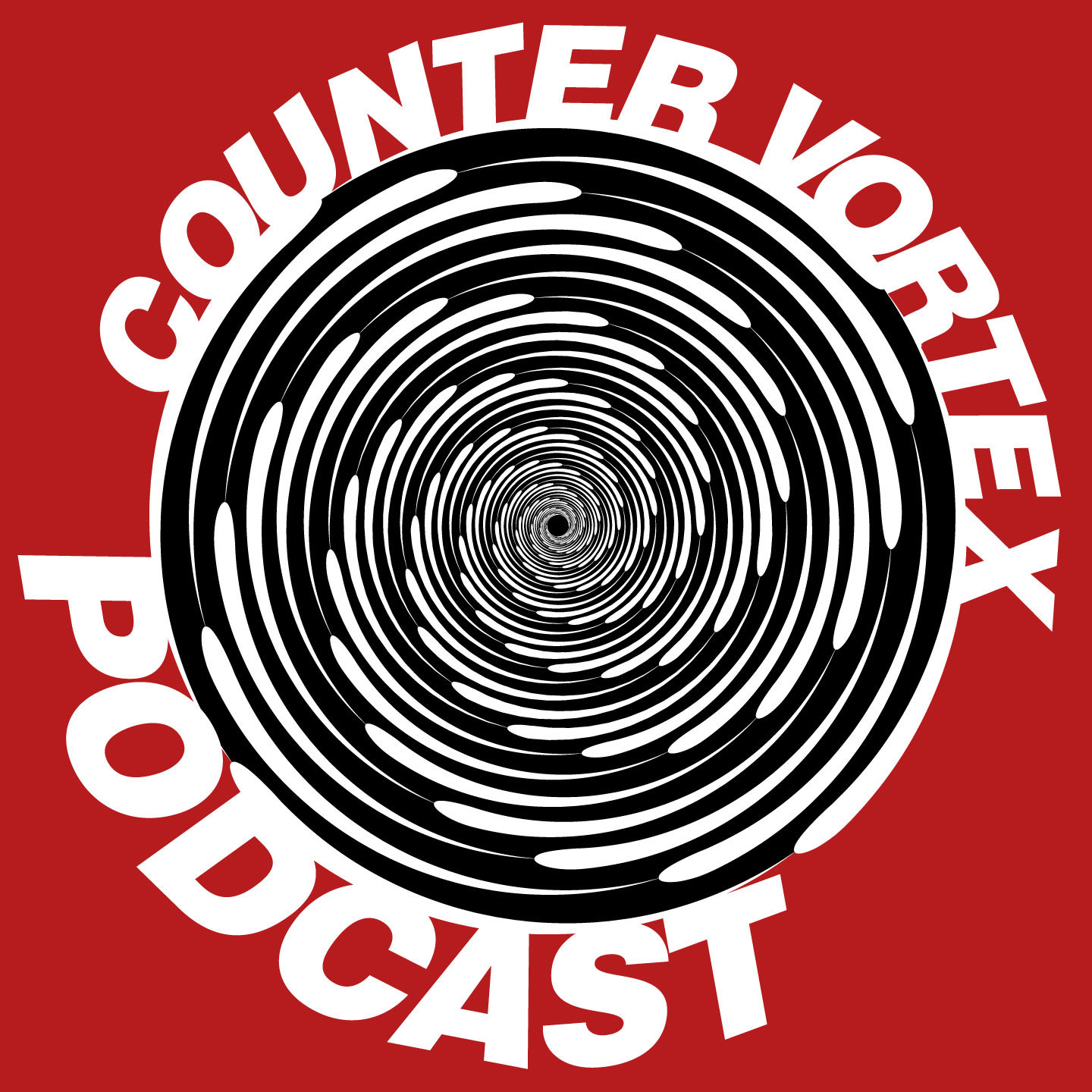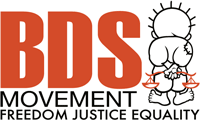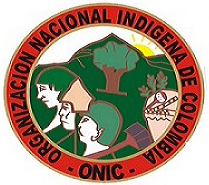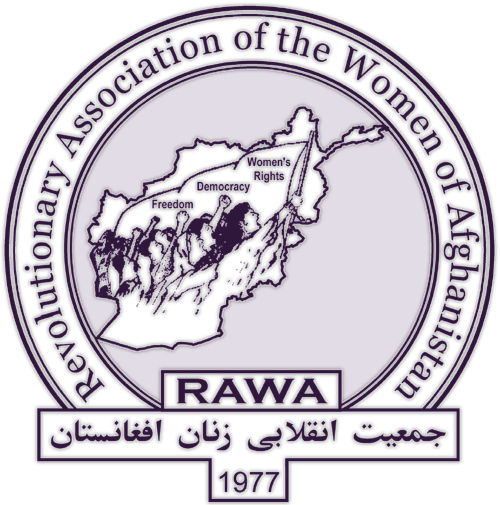Colombia
UN expresses alarm over Colombia repression
The United Nations Office of the High Commissioner for Human Rights (OHCHR) expressed alarm May 4 at overnight police violence against protesters in the Colombian city of Cali. This violence comes after more than a week of protests that have resulted in 14 deaths across Colombia. The protests began on April 28 in response to a proposed tax reform law aimed at shoring up the country's finances following a year of COVID-19 stagnation. Among the proposed reforms are deeply unpopular sales taxes on food and utilities, as well as cutbacks in social services. In the face of rapidly expanding protests across the country, President Iván Duque requested that the draft bill be withdrawn from Congress on May 2.
Massacres, assassinations continue in Colombia
Police killed at least eight people in Colombia's southwestern city of Cali, amid national protests against President Iván Duque's proposed reform of the tax code, local human rights defenders said April 30. The city's independent Francisco Isaías Cifuentes Human Rights Network (REDDHFIC) put the number dead at 14. Clashes between police and protesters also took place in Bogotá, Medellin and other cities on May 1. In response to the protest wave, Duque said he would revise his proposed "Sustainable Solidarity Law," and that the new taxes on sales of food and gasoline would be dropped. (Reuters, BBC Mundo, Colombia Reports, May 1; InfoBae, April 30; BBC Mundo, April 29)
FARC ultra-dissidents in Venezuela clashes?
Some 3,000 Venezuelans have fled across the border into Colombian territory to escape an outbreak of fighting between the military and an unnamed armed faction. The fighting broke out March 21 in the sprawling rural municipality of Paez, in Venezuela's western Apure state, along the Colombian border. Colombian authorities in the border town of Arauquita, Arauca department, have hurriedly erected makeshift shelters for the refugees. Venezuelan Defense Minister Gen. Vladimir Padrino López said that in an operation dubbed Bolivarian Shield, troops have arrested 32 people, destroyed six camps, and seized weapons. There have also been reports of two Venezuelan soldiers killed in the fighting.
Facebook enables deforestation in Brazilian Amazon
Criminal networks in Brazil are illegally selling and deforesting protected lands—even within an indigenous reserve—and posting the plots for sale on Facebook, according to an investigation by the BBC. In documentary broadcast Feb. 26, "Selling the Amazon," BBC Brasil went undercover to show how illegal land-grabbers are moving in on public land in the Amazon—clearing rainforest and selling plots to ranchers at highly inflated prices. The documentary showed plots of these cleared lands being openly advertized on Facebook. When contacted by the BBC, Facebook said that it was "ready to work with the local authorities" to investigate the matter, but would not take independent action to halt the land-trading on its platform. While some ads were pulled, others remain on Facebook. One plot up for sale was located within the Uru Eu Wau Wau Indigenous Reserve in Brazil's Rondônia state—a titled territory where invaders and conflict have been a growing problem. Brazilian President Jair Bolsonaro has largely gutted and defunded the nation's environmental regulatory, protection and enforcement agencies. (Mongabay)
Colombia: ex-FARC leaders accused of war crimes
Eight former commanders of the demobilized Revolutionary Armed Forces of Colombia (FARC) were accused of war crimes and crimes against humanity on Jan. 28 by Colombia's Special Jurisdiction for Peace (JEP). Rodrigo Londoño, Pablo Catatumbo, Pastor Alape, and Milton de Jesús Toncel (Joaquín Gómez) are among the eight former leaders facing the accusations. They are held responsible for the kidnapping of thousands of people during Colombia's internal armed conflict that spanned decades. Murder and torture are specific war crimes related to the treatment of hostages. The kidnappings funded FARC's war against the state and were used to press for the release of imprisoned rebels. The hostages included soldiers and police officers, as well as politicians and other civilians.
Colombia's ex-FARC rebranded —again
Colombia's former FARC rebels voted to no longer use the acronym of their now-defunct guerilla army as that of their new political party. The change in name was proposed by the FARC's former military commander Rodrigo Londoño AKA "Timochenko," ahead of the leftist party's Second Extraordinary Assembly. It was approved by a majority vote among 250 participating delegates at the Jan. 26 assembly, which was held at Medellín's Hotel Chinauta Real and, via video link, at 12 other points around the country. Delegates agreed to change the party's name to Comunes (Commons). The former Revolutionary Armed Forces of Colombia originally re-branded in 2017 as the Revolutionary Alternative Forces of the Commons. The full name and associated acronym were dropped to disassociate the party from the former guerilla army, which remains listed as a "foreign terrorist organization" by the US State Department, as well as from "dissident" guerilla factions that have remained in arms. The acronym dates to the founding of the guerilla army in 1964.
US returns Cuba to 'state sponsors of terrorism' list
The US Department of State once again designated Cuba as a state that sponsors terrorism on Jan. 11. In 2015, the Obama administration removed Cuba from the State Sponsors of Terrorism list, which currently includes North Korea, Iran and Syria. In a press statement by Secretary of State Mike Pompeo, the State Department accused Cuba of "repeatedly providing support for acts of international terrorism in granting safe harbor to terrorists," and stated that by adding Cuba back to the list, the US "will once again hold Cuba's government accountable and send a clear message: the Castro regime must end its support for international terrorism and subversion of US justice."
UN rights chief sees heightened violence in Colombia
UN High Commissioner for Human Rights Michelle Bachelet urged state authorities in Colombia on Dec. 15 to respond to heightened violence with concrete action and stronger protection. According to the UN Human Rights Office, 375 killings have been recorded in Colombia thus far in 2020. Of these killings, 255 people were slain in 66 massacres, and 120 human rights defenders have also been killed. What is more, since Colombia's peace agreement was signed in November 2016, a total of 244 demobilized FARC fighters have been slain. The killings continue to be committed "by non-state armed groups, criminal groups and other armed elements," in mostly in remote areas of Colombia, and particularly targeting "peasants, indigenous and Afro-Colombian people."















Recent Updates
12 min 53 sec ago
25 min 53 sec ago
33 min 53 sec ago
3 days 3 hours ago
6 days 2 hours ago
1 week 6 hours ago
1 week 6 hours ago
1 week 19 hours ago
1 week 19 hours ago
1 week 22 hours ago